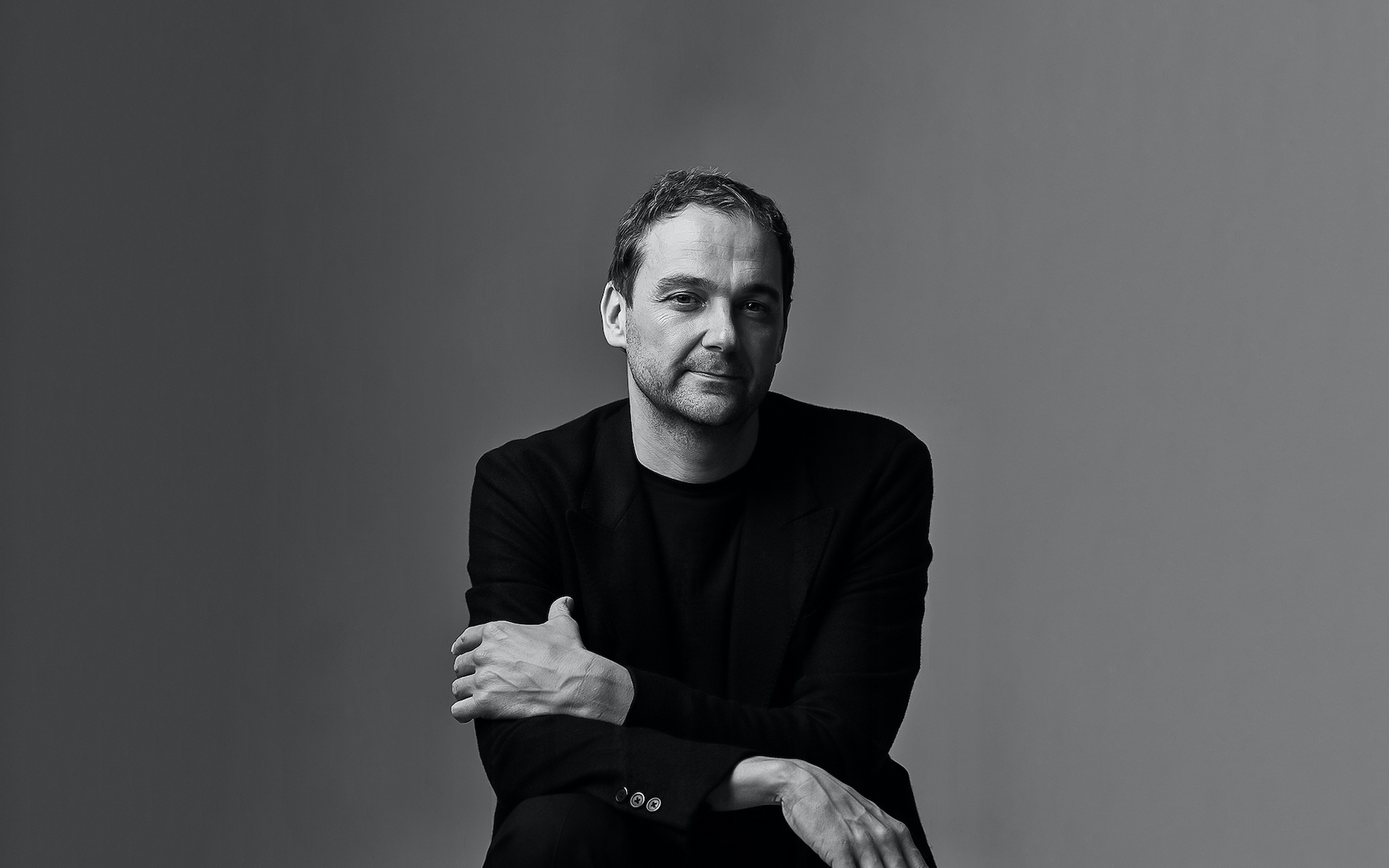Filmmaker Matt Black‘s REFLECTIONS: in conversation with today’s artists was published in late January by Assouline. The book features interviews and studio visits with artists like Dustin Yellin, Jeff Koons, JR, Erik Parker, Taryn Simon, Rashid Johnson, and many more. Following a successful launch at The Whitney Museum of American Art with artist José Parlá, we spoke with Black about his latest achievement.
WHITEWALL: Let’s go back in time a bit. The interviews featured in the book were initially recorded as video interviews, and published in collaboration with the website NOWNESS. How did your collaboration with NOWNESS start? What were you looking to achieve then?
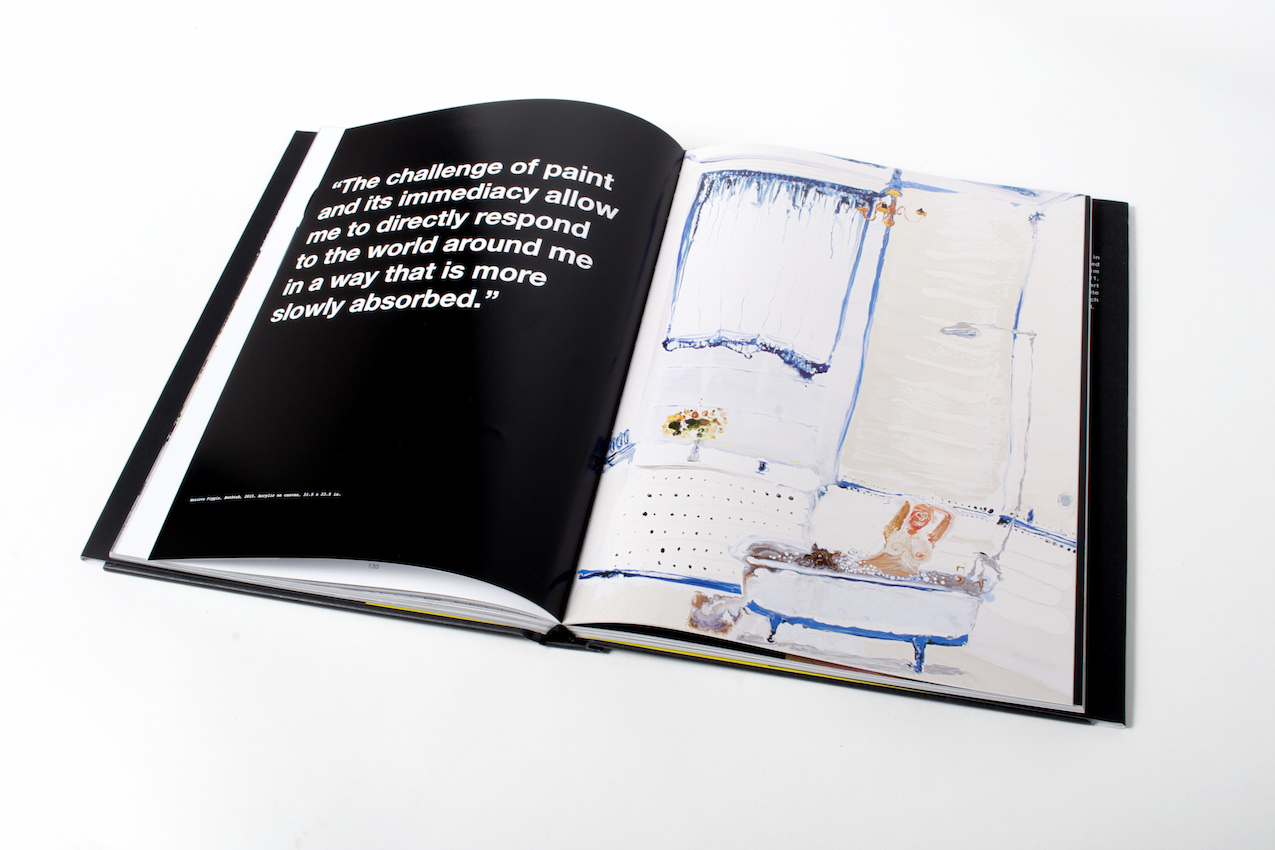
Matt Black’s REFLECTIONS: in conversation with today’s artists was published by Assouline.
MATT BLACK: Most of these interviews first came to life as individual films. The original idea was to try and capture a moment in time with a certain group of artists and share their stories, inspirations, motivations…
I also wanted to explore interests of mine including a certain New York art scene, digital filmmaking, the exercise of interviews and merge them into one project. That was the beginning of REFLECTIONS.
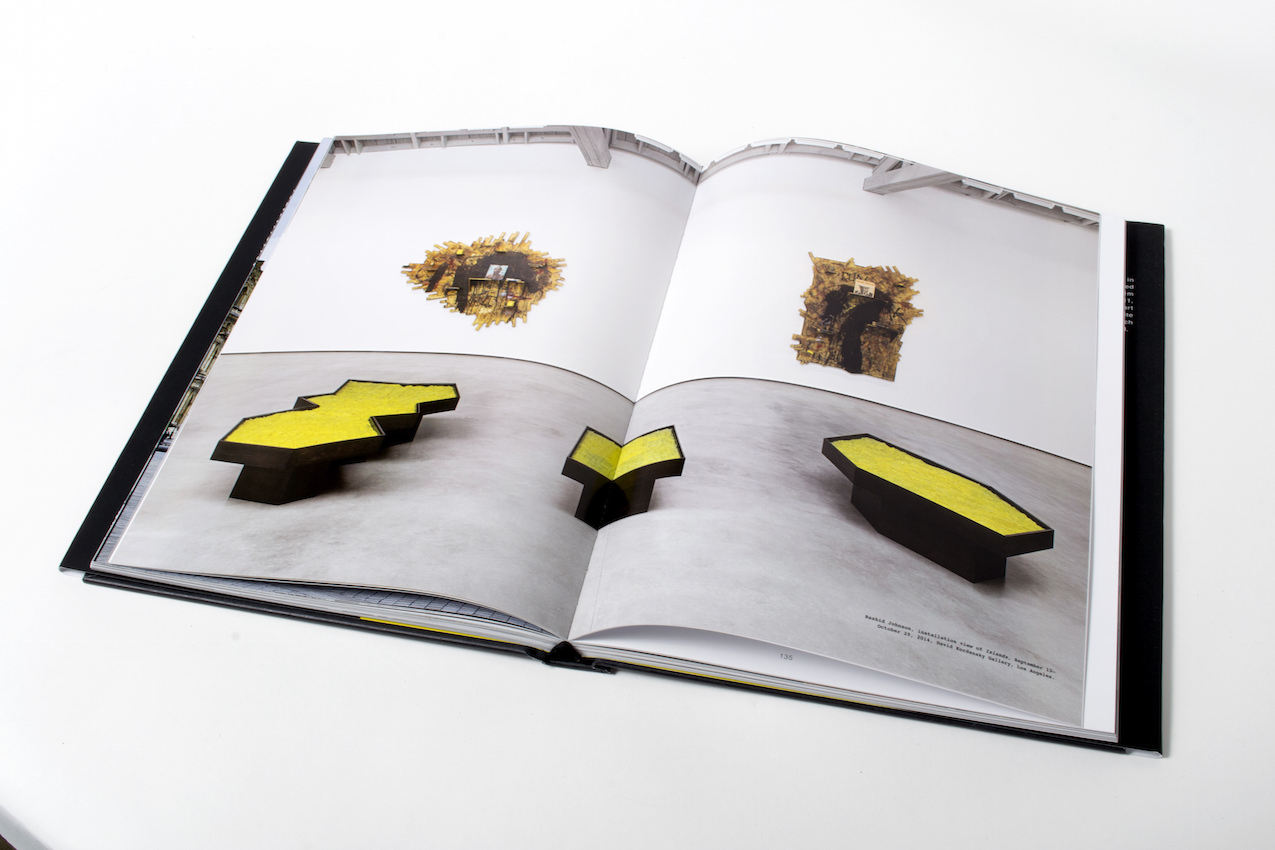
Matt Black’s REFLECTIONS: in conversation with today’s artists was published by Assouline.
It was always meant to be an open-ended series. As for my collaboration with NOWNESS, I was simply looking for a digital platform that would fit my vision and feel right in terms of their overall curation and audience reach. I thought NOWNESS was a perfect home. Working with them was very natural and productive. When I began the process of putting the book together, I naturally wanted Jefferson Hack, the founder of the iconic Dazed & Confused, Another Magazine, and of course NOWNESS to do be involved in some capacity. He ended up interviewing me for the forward of the book instead of going for a more formal text. It was a nice flip of role that gave a great intro and perspective into the book while keeping in line with the format of an interview
WW: Something quite striking in the print and video interviews is the intimate atmosphere that emanates from them, via previously untold anecdotes that follow. Would you say this had to do with your filmmaking background?
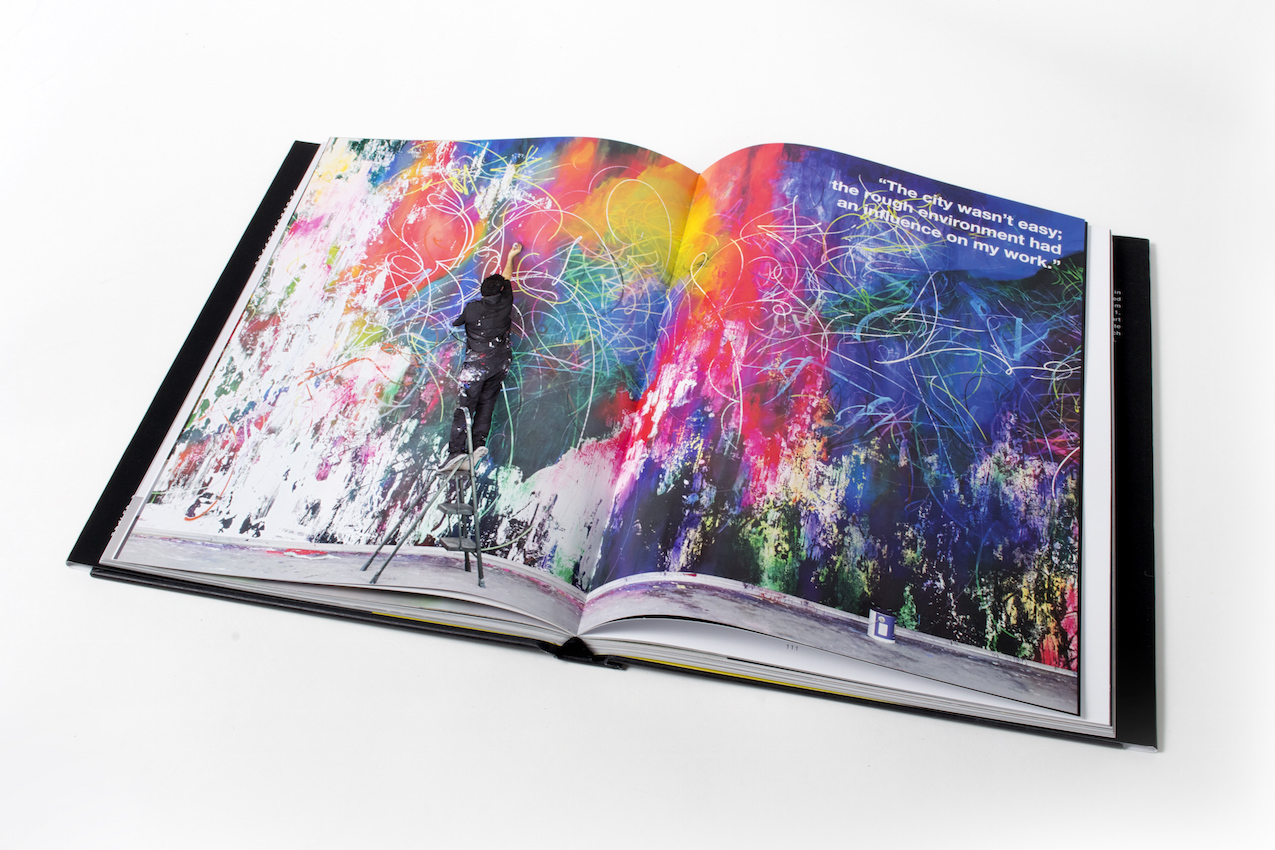
Matt Black’s REFLECTIONS: in conversation with today’s artists was published by Assouline.
MB: That was always my goal, so it makes me happy you feel this way, and that’s why the book uses the word “conversations” and not “interviews” in the title. What I think I learned from filmmaking is that you need to do extended research on your subjects so you have a solid foundation. It’s basically knowing your lines so you can improvise. That being said, some of the first episodes were done with artists I knew privately. I think it helped to give a certain tone to the series, so when the next round of artists accepted to participate they understood the mood and direction I wanted to have. They also knew they could trust me and understood my intentions. I never discuss topics such as auctions results, for me it will be like meeting with great directors and talk about the box office. I’m much more interested in knowing if there were art books in their house growing up, or if they were drawing on the kitchen table. It felt like a better start to create an intimate atmosphere.
WW: How did you select which conversations would make it into the print book?
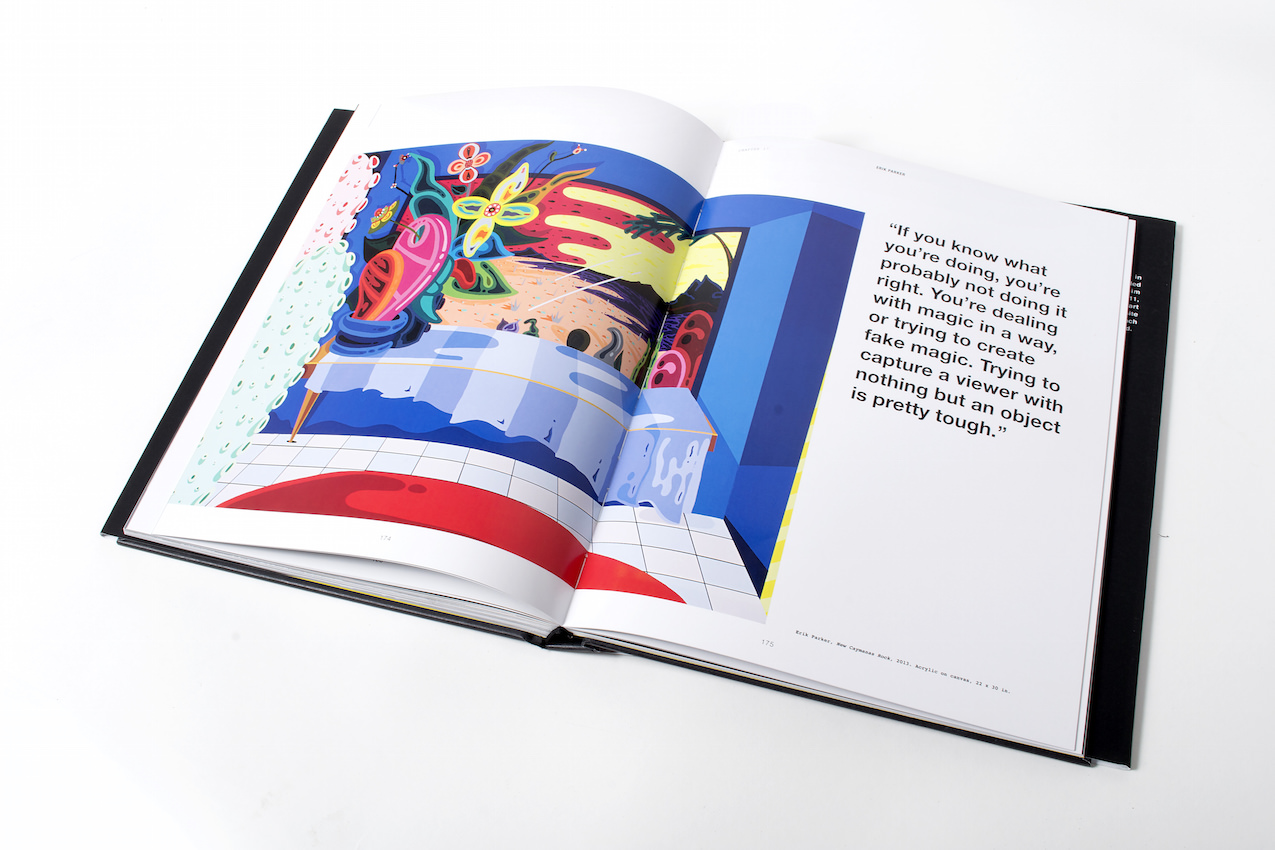
Matt Black’s REFLECTIONS: in conversation with today’s artists was published by Assouline.
MB: The main intention was to have a good representation of all the voices from the series. There is commonality in the interviews, as it gives us an opportunity to understand what it is to be an artist. It’s also because some group of artists are tackling similar subjects, or have similar background. There are however many differences between each artist, as we are exploring 21 different worlds. I wanted the readers to have to experience this kaleidoscope of ideas and images.
WW: A fair amount of the artists in the publication were involved in or interested in street art early on. Are you close or specifically interested in street art?
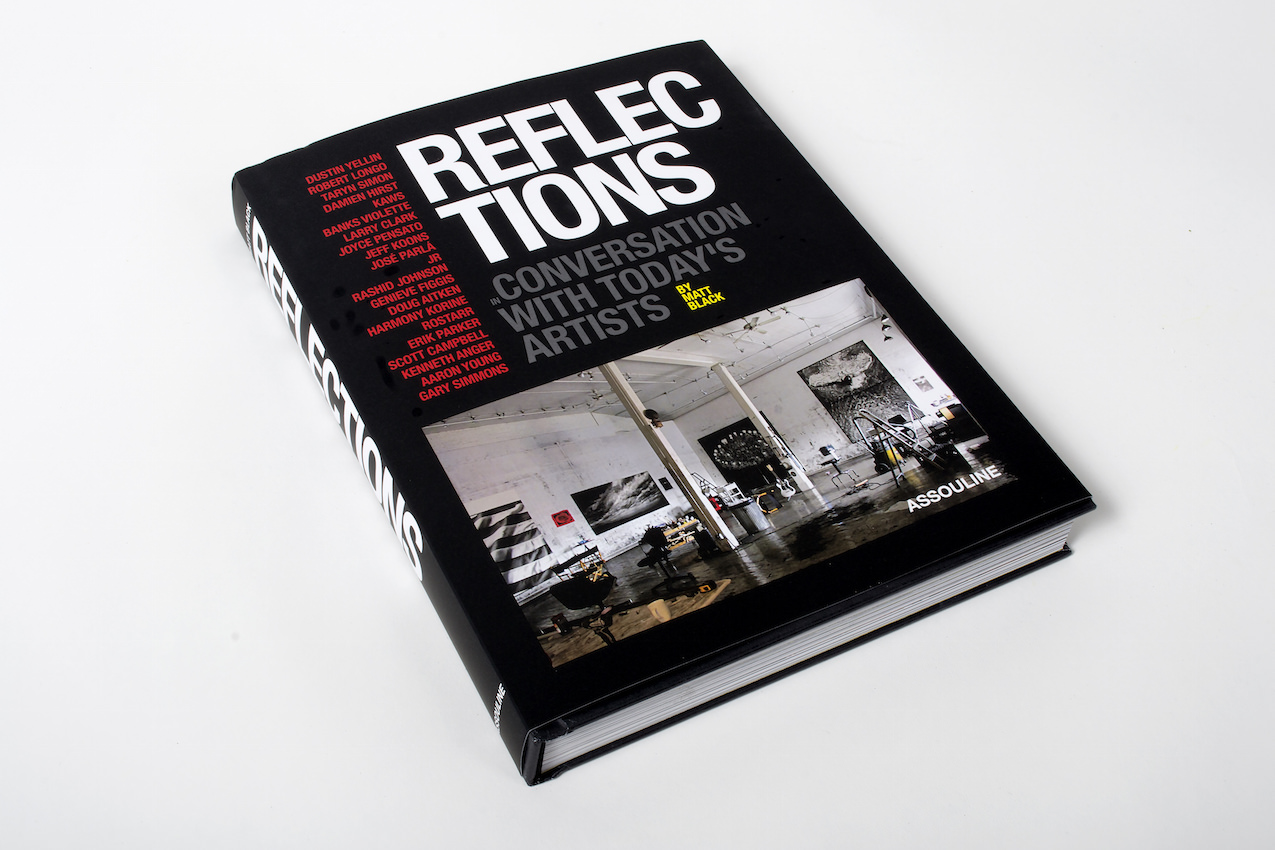
Matt Black’s REFLECTIONS: in conversation with today’s artists was published by Assouline.
MB: I do think that graffiti and by extension street art is one of the most important and interesting art movement of the last 40 years. Like many Europeans, graffiti was one of my early introduction to New York City with iconic movies like Wild Style and books like Subway Art.
I have been a graffiti writer myself and when I moved to New York in ’98 from Paris I participated with the designer agnes b. and the magazine Tokion in organizing an exhibition titled “Neo Graffiti Project 2000.” The intention was to create bridges between places like Tokyo, New York, or Paris and between generations, and to showcase graffiti in a different setup. It featured artists such as Futura or Lee Quinones. This show gave me an insight to the burgeoning downtown New York art scene and interestingly lots of people I met then became successful artists such as KAWS or José Parlá. I do feel there is an interesting dialogue between street art, Pop art, African American artists, New York post-9/11 artists…
I also like the idea that some of the artists in the book don’t have a classic art trajectory and entered the art world from different angles. It can be JR with his politically driven street art installation, Taryn Simon working with the New York Times, Scott Campbell coming from the tattoo world, Genieve Figgis being “discovered” by Richard Prince on Instagram or Harmony Korine and Larry Clark exploring American youth…
WW: What does it mean for you to have these conversations gathered into a book?
MB: I like the fact that all these conversations now live together and there is a dialogue between all these artists within the book. You can enter the book from different places. It was not the case for the films. A book creates a very different emotional and physical experience. Also I usually talked with each artist for a long time and the films end up being about five minutes long, so there was a lot of great unused material. Material that didn’t make sense in the arc of the films, but that are compelling on the printed page, so it was a good opportunity to revisit all these conversations and perhaps this time around highlight new sections. On a more personal level, after working so much with the digital medium, and as a book lover and collector whose parents met in a French bookstore in May of 1968, it feels nice.





